What do the labels mean?

PEGI 3
The content of games with a PEGI 3 rating is considered suitable for all age groups. The game should not contain any sounds or pictures that are likely to frighten young children. A very mild form of violence (in a comical context or a childlike setting) is acceptable. No bad language should be heard.

PEGI 7
Game content with scenes or sounds that can possibly be frightening to younger children should fall in this category. Very mild forms of violence (implied, non-detailed, or non-realistic violence) are acceptable for a game with a PEGI 7 rating.

PEGI 12
Video games that show violence of a slightly more graphic nature towards fantasy characters or non-realistic violence towards human-like characters would fall in this age category. Sexual innuendo or sexual posturing can be present, while any bad language in this category must be mild.
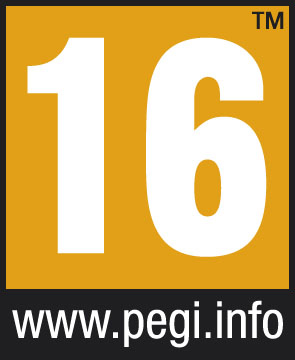
PEGI 16
This rating is applied once the depiction of violence (or sexual activity) reaches a stage that looks the same as would be expected in real life. The use of bad language in games with a PEGI 16 rating can be more extreme, while the use of tobacco, alcohol or illegal drugs can also be present.
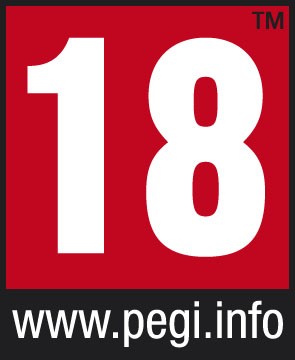
PEGI 18
The adult classification is applied when the level of violence reaches a stage where it becomes a depiction of gross violence, apparently motiveless killing, or violence towards defenceless characters. The glamorisation of the use of illegal drugs and of the simulation of gambling, and explicit sexual activity should also fall into this age category.
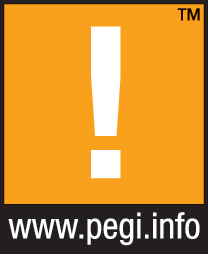
PEGI !
In addition to the numerical PEGI ratings, you will also see the "Parental Guidance Recommended" rating for some non-game apps, introduced by PEGI for storefronts that use IARC (https://www.globalratings.com/).
This serves as a warning that these apps can offer a broad variety of user generated or curated content. Typically, this applies to products such as Facebook, Twitter or YouTube.
The PEGI content descriptors
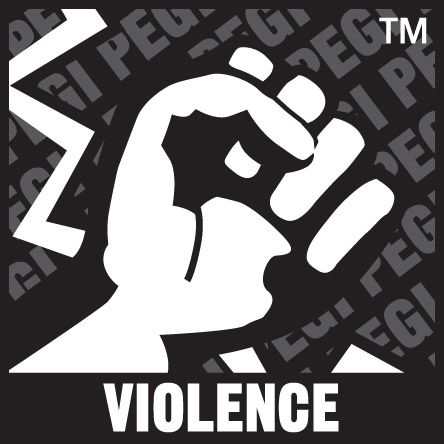
The game contains depictions of violence. In games rated PEGI 7 this can only be non-realistic or non-detailed violence. Games rated PEGI 12 can include violence in a fantasy environment or non-realistic violence towards human-like characters, whereas games rated PEGI 16 or 18 have increasingly more realistic-looking violence.
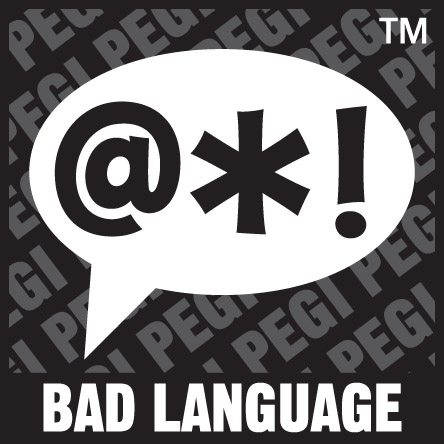
The game contains bad language. This descriptor can be found on games with a PEGI 12 (mild swearing), PEGI 16 (e.g. sexual expletives or blasphemy) or PEGI 18 rating (e.g. sexual expletives or blasphemy).
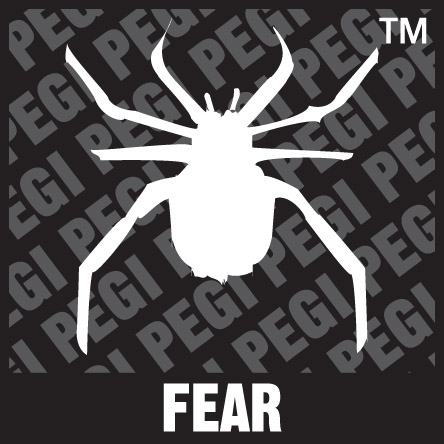
This descriptor may appear as 'Fear' on games with a PEGI 7 if it contains pictures or sounds that may be frightening or scary to young children, or as 'Horror' on higher-rated games that contain moderate (PEGI 12) or intense and sustained (PEGI 16) horror sequences or disturbing images (not necessarily including violent content).
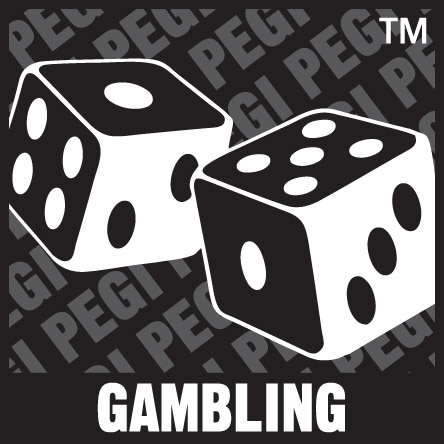
The game contains elements that encourage or teach gambling. These simulations of gambling refer to games of chance that are normally carried out in casinos or gambling halls. Some older titles can be found with PEGI 12 or PEGI 16, but PEGI changed the criteria for this classification in 2020, which made that new games with this sort of content are always PEGI 18.
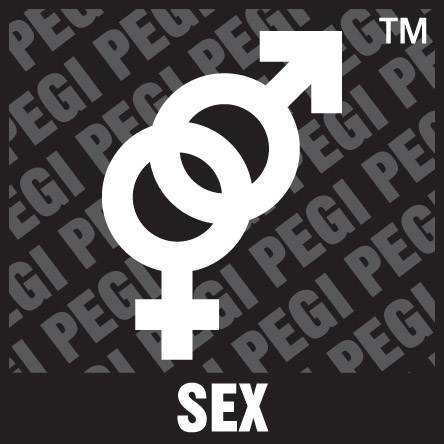
This content descriptor can accompany a PEGI 12 rating if the game includes sexual posturing or innuendo, a PEGI 16 rating if there is erotic nudity or sexual intercourse without visible genitals or a PEGI 18 rating if there is explicit sexual activity in the game. Depictions of nudity in a non-sexual context do not require a specific age rating, and this descriptor would not be necessary.
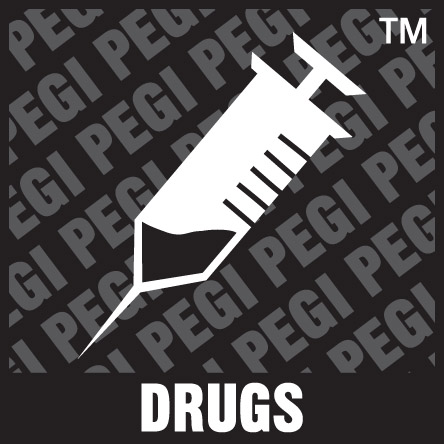
The game refers to or depicts the use of illegal drugs, alcohol or tobacco. Games with this content descriptor are always PEGI 16 or PEGI 18.
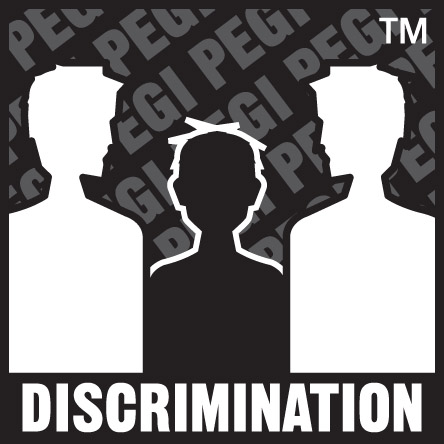
The game contains depictions of ethnic, religious, nationalistic or other stereotypes likely to encourage hatred. This content is always restricted to a PEGI 18 rating (and likely to infringe national criminal laws).

The game offers players the option to purchase digital goods or services with real-world currency. Such purchases include additional content (bonus levels, outfits, surprise items, music), but also upgrades (e.g. to disable ads), subscriptions to updates, virtual coins and other forms of in-game currency.
This content descriptor is sometimes accompanied by an additional notice if the in-game purchases include random items (like loot boxes or card packs). Paid random items comprise all in-game offers where players don't know exactly what they are getting prior to the purchase. They can be purchased directly with real money and/or exchanged for an in-game virtual currency. Depending on the game, these items may be purely cosmetic or they may have functional value.
The notice is always displayed underneath or near the age label and content descriptors:
